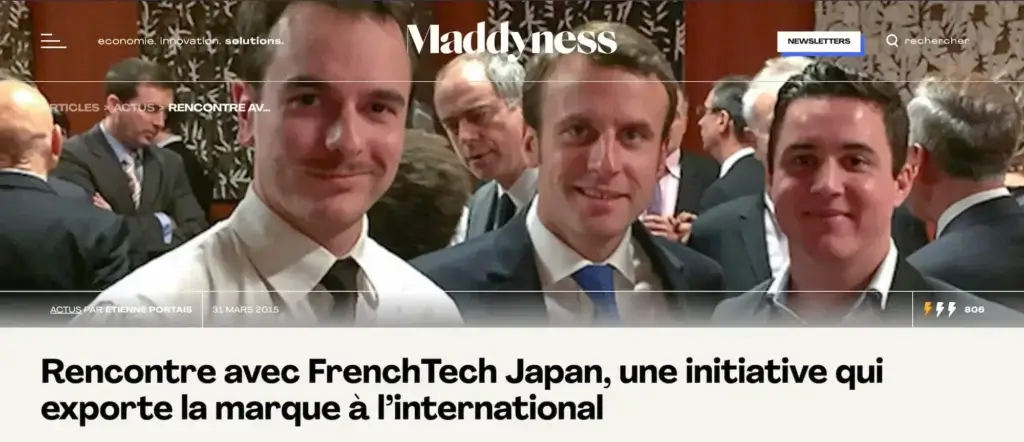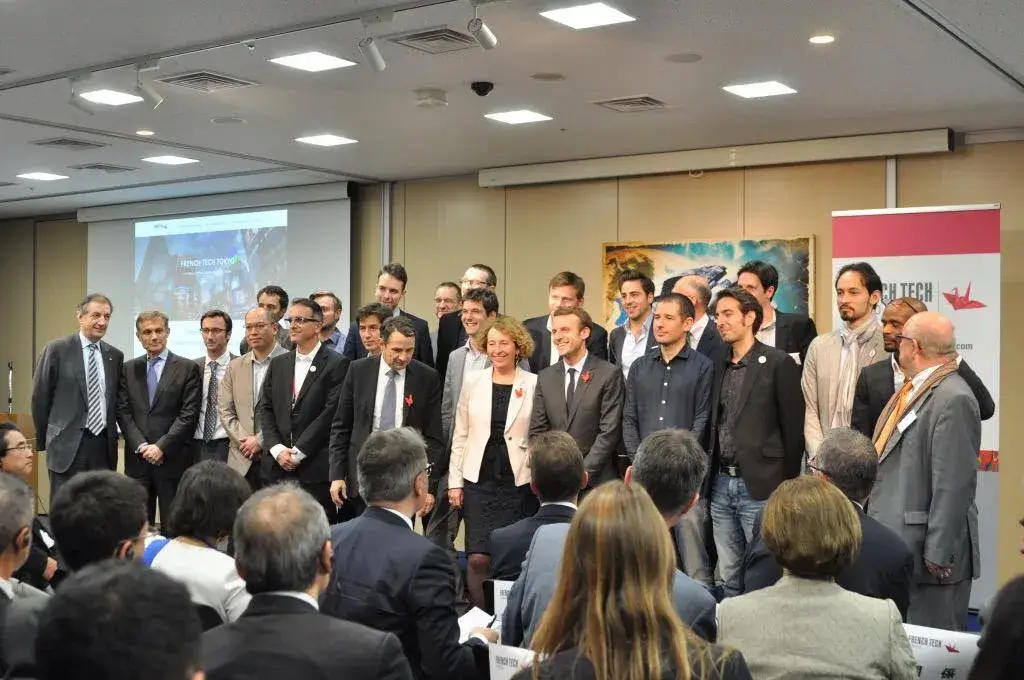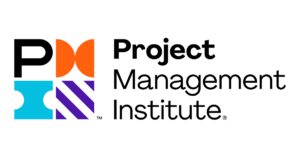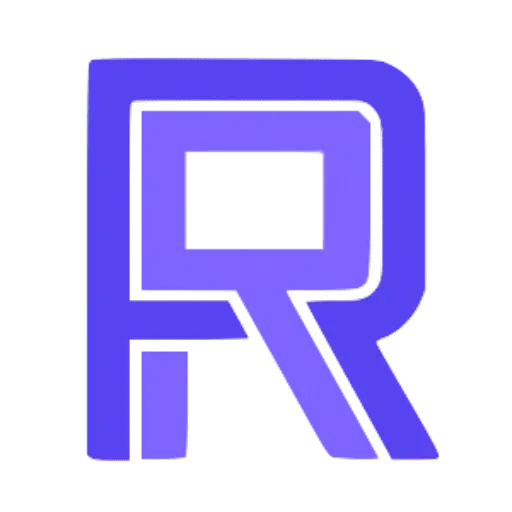About me
Here is my story.
To begin with
I’m passionate.
Passionate about discovering, culture, entrepreneurship, new technologies, projects, leadership…
I’m a French IT engineer, who discovered Asia back in 2009 and fell in love with this part of our World. In some ways, I developed a relatively deep knowledge about their culture and business manners.
Let me introduce myself with more details.
2005 – The choice
Back in 2005 at the age of 17, after graduated from the junior high school, Scientific specialization, I decided to start studying engineering, especially Computer Science and IT.
I chose “Ecole Internationale des Science du Traitement de l’Information” aka EISTI to pursue my studies in this field, and I was enrolled in a 2 years preparation cycle, called “Math Sup / Math Spe” in French, and reputed as one of the most challenging course in France. It was indeed a very challenging part of my life, where mathematics, physics and computer science took over all my wildest dreams and deepest nightmares.
I acquired a very specific skillset during these two years, which was and still extremely useful today.
2007 – Life shift
As all normal students who wanted to make a bit of money, I worked on several construction project as an electrician, thanks to my Father who had his own placement company. I met several interesting people, and especially engineers, most of them were young and happy to hear I will take a similar path as them. I used to work on several construction projects during my vacations.
I finished successfully my 2 years preparation course at EISTI, which granted me the access to the 3 years engineering course hereafter, and, as a bonus, a bachelor in applied mathematics.
I was 19 years old and wanted something more.
I decided to activate my network, built during my short term contracts, and I then created Electricité Informatique Electronique aka EIE, a company dealing with computer and electrical networks. The launch was highly complicated, as problems regarding my age, my skills, trust… were arising. A lot of problems. But finally the company launched in July 2007.
2007 – EIE

Here is several key figures:
- The company employed an average of 10 people
- The maximum manpower was 35 people back in 2009
- Customers: EIFFAGE, INEO, Microsoft, SADE Telecom, French Government
- We realized around 30% of the overall Paris optical fiber network
- An IT consulting division was started in late 2012, helping former clients with their IT systems (SAP, Salesforce, Netsuite, mostly ERP and CRM)
2009 – Japan
I had the chance to participate to an “exchange internship” in the Osaka Prefectoral University, situated in the south of Osaka, during around 5 months.
I always wanted to visit Japan, this “far with an interesting culture” country. This experience actually changed my life.
I was affected to an IT project involving PHP development, OCR, and needs definition, in order to improve students’ learning skills and teachers’ educational skills for the university.
I worked together with a Japanese student on technical and functional aspects of this new solution of PHP powered questionnaires which will gather feedbacks from both students and teachers after each term.
We designed and set up for the matter a database recording all results and a frontend solution to display visual graphics, making the data understandable by everybody.
This experience actually shaped my mind, and I wanted to know more about Japan, and try to work there someday. I came back to France with a head full of dreams and started to polish my Japanese language skills !
2010 – Graduation
I spent 5 years in my Engineer school (2 years of preparation, and 3 years of engineer course), and then got graduated in 2010.
I started my last internship in Logica, a consulting firm known today as CGI, as an IT consultant.
2010 – Insurance
I started working as an IT consultant in a mutual insurance company. To be more specific, my first project was to assist 2 leading French mutual insurance companies to merge together, by supervising a massive data migration involving 3 different IT systems.
I was in charge of making data relevant to all systems by setting up calculation, with of course the support of 10+ insurance agents based in Nancy, to insure a smooth and flawless transition.
I contributed to improve the data consistency by standardising processes, migrating monitoring tools from simple excel files to an access database, and improving the frequency of data migration runs.
2010 – Chorus
Chorus was my second project as an IT engineer, for the French government. Back to the time it was the biggest information system deployed in France based on SAP, which will manage all the French government purchases.
I was assigned to the data migration of SPM (services du Premier Ministre aka “Prime Minister services”). The idea was to transform and update data to be relevant in the new system, to summarise, have a smooth transition to the new system and don’t disappoint SPM agents (enabling browsing of old data, history, projects, budgets…). After months of data update rush, my team delivered a clean database one week ahead the deadline.
Then I moved to the Training team, to teach end-users how to use the new system and how their business processes will be impacted, and then took part of the support team, where I delivered with my team state of the art functional teaching, on site user assistance, level 2 technical support, and issues qualification, managing upgrade and change requests.
It was a pleasure to work in the most beautiful places of Paris !
2011 – Allianz
I participated to a small user acceptance testing project for Allianz.
I was in charge of the planning and supervision of user acceptance tests on the brand new AriaWebR solution, using the testing automation software HPQC. I wrote and executed tests, reporting anomalies to the technical support and monitoring evolutions.
AriaWebR is a web interface simplifying the handling of clients phone calls after any kind of accident.
2011 – La Poste
Another big project with a big impact, as we were in charge of the migration of the HR system of La Poste Courrier, employing 170,000 agents in France.
I was firstly assigned to the QA team, writing test scenarii, participating to the overall QA strategy, as the scope of the project covered very different solutions which needed to work together, and, of course, testing how everything goes together.
I participated later to the second phase, where I provided training to HR users among La Poste Courrier.
2012 – Back2Basics
I left Logica in 2012, just before the acquisition by CGI, another big consulting firm, and dedicated myself 100% to my former company, now 5 years old. Big baby.
I worked hard to improve all business processes, lower costs, maximise revenues and teams satisfaction. We fought to get bigger projects, we restructured to gain efficiency, we scaled for it.
I also launched an IT consulting branch inside EIE, in order to respond to my former clients IT questions. This went quite well, engaging myself on their side to improve their IT processes and softwares. I was their multi-faced partner, who know their how-to and the tools to get the work done.
I remain CEO of EIE until end of 2014 and then step back to Founder&Director until December 2016 and ensured the transition till February 2017.
2013 – Japan
I came back to Japan in November 2013 with a working holiday visa.
I was part of a business delegation from France, organised by the “Val d’Oise” department. I had the opportunity to meet several government and companies actors especially in the Kansai area.
I decided to create my own company there with a local partner. We built an end-to-end solution for companies to digitalise their loyalty programs on Android and iOS. The idea was to able all type of shops to use our solution for their loyalty strategy, from the digitalisation of a simple stamp card to the digitalisation of existing systems into our solution, reducing the impact of paper waste, costs, and also letting our users’ to slim their wallet !
We ended not actually creating the company, with only few days left on my Visa, I had to react really quick.
The most interesting part was that we had a working solution, with features several months ahead big players (like Line or Apple with their “what’s around”).
This is where you have to chose carefully your partners to avoid big waste of time, money and credibility !
2014 – FTJ
The “French Tech”, not yet a label but more an open book idea back at the time, was pushed by the French minister Fleur Pellerin in 2013.
A friend of mine who met her in Vietnam was seduced by the idea and started to speak about possibilities around. I get then introduced to one of my friend’s colleague who was on a business trip in Japan and we spoke about the launch of a “French Tech Japan”. “What if ?” was the first question, and we naturally responded “Let’s do it”.
I gathered a founding team here in Tokyo, and the adventure was on its way.
Everything went quite fast. We met the former French Economy minister Emmanuel Macron in 2014 and one year after, the launch of the “French Tech Tokyo” hub was effective. Tokyo was the third labeled French Tech hub after New York and Tel Aviv.

Rencontre avec FrenchTech Japan, une initiative qui exporte la marque à l’international
And of course, the 2015 launching pic’

2014 – EXJ
I got hired by Export Japan in November 2014 as a business developer on a newly launched solution called QR Translator.
To paraphrase the official website:
Make a Sign Speak Any Language
QR Translator issues a special QR code that bridges the language barrier. Scanning the QRT Code – a combination of a QR code and icons representing the available languages – leads the smartphone user to the translated content.
I was the second on the company working on this newly launched solution, which was beta at the moment with all the issues it implies. I then helped to affine the design, interface and of course the overall system to raise it from the “just another solution status” to the “great to use” one. We started a 3 months sprint updating the system (while also trying to selling it overseas), and delivered a far better one, let’s call it the 1.0, in February 2015.
The solution got many fame in Japan and win different innovation prices, which lead to the creation of a spare entity to exclusively manage this solution. This new company employs nowadays 15 people, and the solution is used in Japan, France, India, China…
2016 – QRT official app
As written in the previous slide, QR Translator won several innovation prices back in 2015-2016, so we launched new projects in order to keep innovation at its highest level. One of the most interesting way to materialise this goal was to create a mobile application and get better data.
I was the project manager on this project so I recruited a team of intern engineers, and we got to work. We decided to use the Ionic framework (https://ionicframework.com/) for this purpose, as it was build with performance and portability in mind, while using very comprehensive web programming language. We began to develop the application on Ionic 1.0 and got some working prototype within weeks, in order to show it to internal and external PIJIN’s stakeholders. We got our first app release after only one month and half, in the summer 2016!
As the development was going on, we encountered several problems regarding interfaces with the native layer, which ultimately led to performance bottlenecks. 2 months into the project, a brand new version of Ionic, the 2.0, came to life and we had to take a decision: continue the development on the first version, or put everything on the new one. We chose to step on Ionic 2.0, which meant re-developing several part of the app. BUT, it was the best decision we could have made! Performance bottlenecks disappeared, the native layer was far better integrated, and all the authentication process integration was simplified! It took the team 1 week to make the shift, and this decision made the whole development process faster, more reliable, and secure.
We delivered the v2.0 of the app 3 months and a half with a lot of shiny features leveraging data from QRT, clients, and their users to improve the experience of getting multilingual contents! The app accounted more than 10,000 downloads after 2 weeks of the v2.0 on iOS and Android.
At the same time, we developed conjointly with PIJIN a “QRT API” which was meant to place QR codes data in a map!
The application was unfortunately discontinued on iOS in 2017, and still live on Android.
2018 – PVIP
PVIP aka Project for Visually Impaired People, one of my most rewarding and challenging project I managed.
Let’s put things in context: Create a solution for blind and visually impaired people to make them able to scan QR codes.
Yes you read well, make blind people being able to find and scan QR codes. It seems a great challenge, and it was, but we somehow succeeded to build a relevant and easy to use application!
Actually the real challenge here was to understand how blind and visually impaired people use their smartphone in Japan, and fortunately my team got support from visually impaired people NPOs and from the Japanese government with their innovation branch NEDO. We conducted research among Japan, delivered early prototypes with limited functions in order to understand more which are the most valuable…
We decided to develop 2 native apps in order to avoid possible performance bottlenecks existing on frameworks. We got a first working version in a month on both platforms, and launched a first big campaign of test all among Japan.
The app was able to scan QR and barcodes very rapidly, provide a simple and accessible interface for VIPs to get into it easily with voice guidance… but it was not enough. How to find a QR code when you can’t see it ? How to place your phone properly to scan it ? What if it takes too long to find one ? How being even able to know there is a QR code ? A lot of questions, and a technical possible solution: Machine Learning.
We then started to develop ML models (only on iOS with MLKit as a pilot), something new to me and very challenging! Try to find a square shaped object with the help of ML… it actually finds that almost all objects as square shaped (look around, your laptop screen, the door of your room, your box of masks… are recognised as square shaped objects). So… we trained the model with a lot of QR codes, defined the app behaviour with the camera in real time, and even implemented object recognition in order to get a simple audio description of what’s on the screen. A bit like the iPhone camera app with VoiceOver activated!
My team was distributed among Japan and Vietnam, so we needed to be great on the communication and the workflow. Fortunately everything went well, and with great preparation, we even delivered better results than expected!
Moreover, this project aimed to help people with disabilities with REAL solution built with them, for them. Just imagine this accomplishment feeling! It was amazing.
2019 – PMP certification

The registration part was the easiest part, as I followed during my engineer school a project management specialisation (more than 35 hours of PM course), and almost all my professional experiences was as a Project Manager.
Then came the learning part. I ordered one PMP questions book, and one PMP “cheatsheet” with rapid references of all PMP concepts, and then started to learn with the PMBOK 6th edition, watching number of free YouTube PMP video courses and test questions.
Came the time to schedule my exam, and take the test. I chose “French Aid” despite all my materials and my learning was in English so far. I failed at my first attempt, but I learned a lot…
First, the term “Aid” here was not relevant as all the test was… in French ! Even if the exam interface was wonderfully designed, and easy to retrieve the original English question, I was surprised.
Second, was questions themselves, but this is totally subjective !
I assessed, I restarted to learn, I focused on ITTO and several PM concept outside of the PMBOK, like management theories (thank you wikipedia !), and retook the test. I passed with 4 “Above Target” and 1 “Target” among the 5 Processes groups.
Credentials here, on youracclaim
Now, let’s get these 60 PDUs 🙂
2020 – An eye blinking year
2020… If a bad year had a name it would be this number.
The pandemic alone launched changes at an unprecedented pace in a lot of organisations, redefining the way we work. Remote is the new norm, adapt or die.
In line with the new normal and personal choices, I decided to resign from my IT manager position at Export Japan after 6 years of service, and re-kickstart my entrepreneur life and give a shot to my quietly sleeping company. The advantage of shifting from full-time employee to full-time entrepreneur is the allocation of your time, I can now work on my projects along with my clients projects, and allocate the time spent freely.
Speaking upcoming projects / clients / plans, the future is bright in these dark times:
- I now work with Export Japan as an external consultant, helping them with their innovative projects! Despite my resignation, I still have a foot in the business.
- I also officially joined a French Startup, Gamifly, which just closed its seed round early 2020, and with which I had ties since 2018 starting to represent the company in Japan. We are riding the Esports rocket by providing solutions to enhance public engagement and brands visibility.
- On a more personal-professional side, I plan to move to China by the end of this year and create a new company there, to address this gigantic market!
On a global perspective, 2020 hits hard, but finally it leads some well welcomed infrastructure changes.
On a personal perspective, 2020 was a kind of crossroad, challenging my choices and making me think about what will happen next for me and my family. I decided to move over new opportunities introduced by this world crisis, and challenge myself further at the age of 32.
My next stop will be Suzhou, in China. Can’t wait to be there!
What -I think- I'm good at
That’s some great assumptions from myself about myself… So to make your own idea, you can just consult my Resume below!
